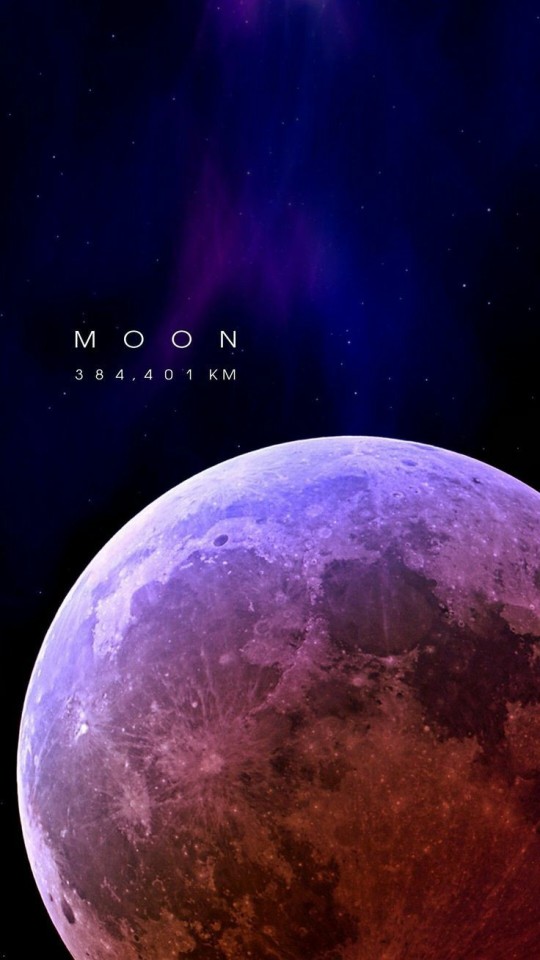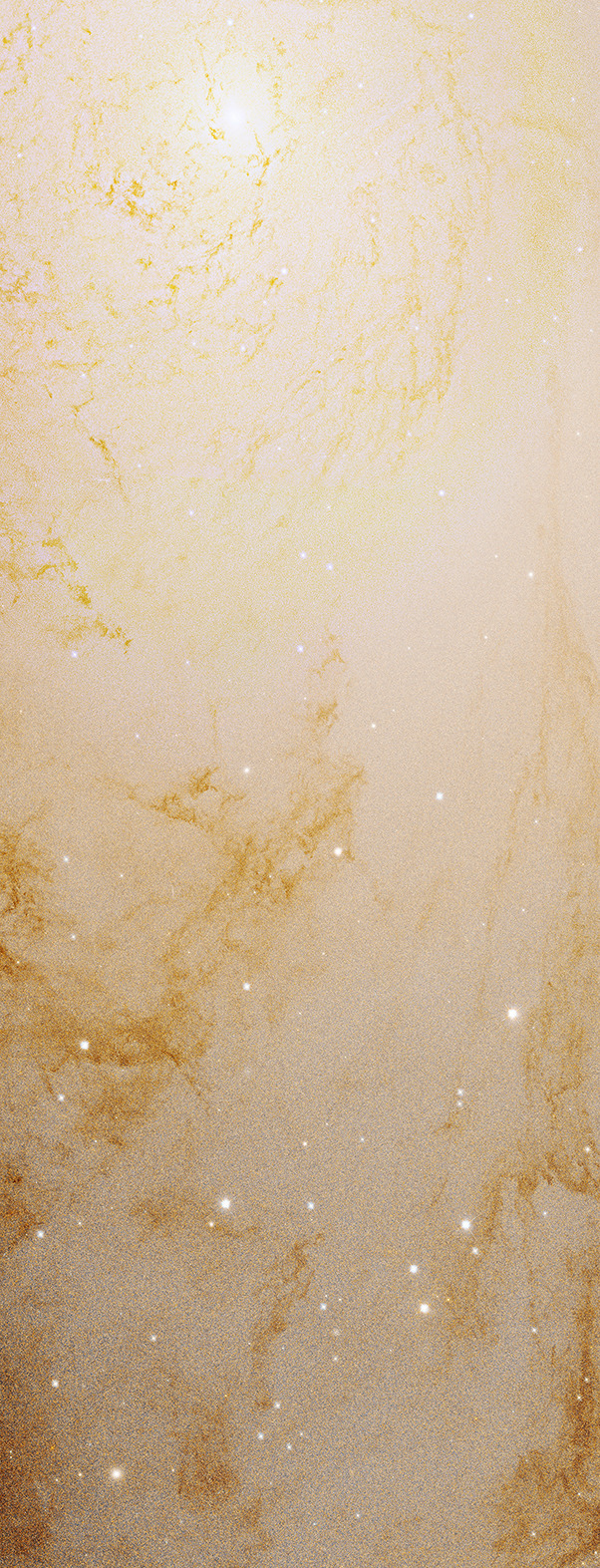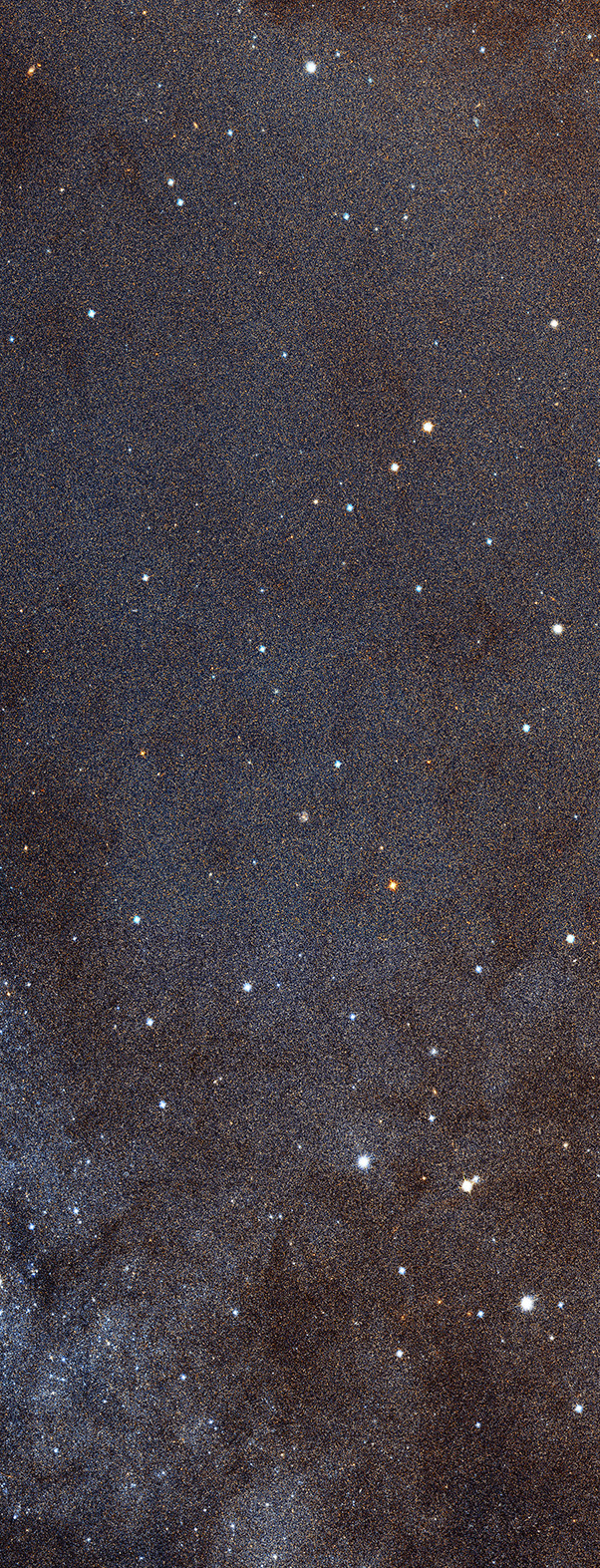Andromeda Galaxy - Blog Posts

This is a snip of The Sharpest View Ever of the Andromeda Galaxy.
You need to go to the cite to experience it.
Source: NASA, ESA, J. Dalcanton (University of Washington, USA), B. F. Williams (University of Washington, USA), L. C. Johnson (University of Washington, USA), the PHAT team, and R. Gendler.

NASA’s Most Shocking Image
This image is a 1.5… *BILLION* pixel photograph of the Andromeda Galaxy.
To view the image in all its glory go here.
NASA is the coolest thing that’s ever happened.

The Infrared Visible Andromeda: This remarkable synthetic color composite image was assembled from archives of visible light and infrared astronomy image data. The field of view spans the Andromeda Galaxy are also included in the frame. via NASA
js

Moon over Andromeda
Composite Image Credit & Copyright: Adam Block and Tim Puckett
What would you take to the Moon with you?


Question of the day : How far is the Moon from planet Earth?

Saturn like Exo Planet discovered in the habitable zone of another star system by a bunch of relatively amateur astronomers — under the umbrella called Habitable Exoplanet Hunting Project. (HEHP)
Watch the video here : https://youtu.be/0A7gEaewOws

Comet Neowise over Lebanon, captured on 7th July, 2020 by Maroun Habib. Comet Neowise became one of the few naked-eye objects of the 21st century.

Earth, as seen from the Lunar surface, visualised

The Lonely Neutron Star In Supernova Remnant E0102-72.3 (the blue dot at bottom left) blue represents X-Ray light captured by NASA'S Chandra observatory, while the red & green represent optical light captured by ESO'S telescope in Chile and NASA'S Hubble in orbit. (Text adapted from apod.nasa.gov)
Credit : X-Ray — Chandra Observatory & Optical light — ESO / HUBBLE

Titan as seen through three different filters, captured on May 15th, 2013 via Imaging Science Subsystem (ISS) from 1.55 million miles (2.49 million kms) away.
Image Credit : NASA / JPL / SSI

IC 1805 – The Heart Nebula, taken on September the 11th, 2019
Image Credit & Copyright : Bray Falls

Jupiter and Ganymede in near – UV and blue, jointly captured by Juno aircraft, remastered by Judy Schmidt
Image Credit : Judy Schmidt via Flickr

The Pelican Nebula (IC 5067/5070) an H II region associated with the North American Nebula in the Constellation Cygnus snapped by Don Bryden
Photo Credit : DonBryden/Flickr

M7 : Open star cluster in Scorpius
Image credit & Copyright : Lorand Fenyes

Boomerang Nebula – the coldest known place in Space, remastered.
Credit : geckzilla//Flickr

Barred Spiral Galaxy NGC 1300
Image Credit: Hubble Heritage Team,ESA, NASA

Simeis 147: Supernova Remnant
The supernova remnant has an estimated age of about 40,000 years, meaning light from the massive stellar explosion first reached Earth 40,000 years ago. But the expanding remnant is not the only aftermath. The cosmic catastrophe also left behind a spinning neutron star or pulsar, all that remains of the original star's core.
Image Credit & Copyright: David Lindemann

Galaxy M33//NGC 598 grabbed by Hubble
Credits: NASA/Hubble

The Ion Tail of New Comet SWAN
Image Credit & Copyright: Gerald Rhemann
Source : apod.nasa.gov

Galaxy Wars: M81 and M82
These two galaxies are far far away, 12 million light-years distant toward the northern constellation of the Great Bear. On the left, with grand spiral arms and bright yellow core is spiral galaxy M81, some 100,000 light-years across. On the right marked by red gas and dust clouds, is irregular galaxy M82. The pair have been locked in gravitational combat for a billion years. Their last go-round lasted about 100 million years and likely raised density waves rippling around M81, resulting in the richness of M81's spiral arms. M82 was left with violent star forming regions and colliding gas clouds so energetic the galaxy glows in X-rays. In the next few billion years, their continuing gravitational encounters will result in a merger, and a single galaxy will remain.
Image Credit & Copyright: Dietmar Hager, Torsten Grossmann

South Of Carina Nebula
With natal dust clouds in silhouette against glowing atomic gas, this colorful and chaotic vista lies within one of the largest star forming regions in the Milky Way galaxy, the Great Carina Nebula. The telescopic close-up frames a field of view about 80 light-years across, a little south and east of Eta Carinae, the nebula's most energetic and enigmatic star. Captured under suburban skies improved during national restrictions, a composite of narrowband image data was used to create the final image. In it, characteristic emission from the nebula's ionized sulfur, hydrogen, and oxygen atoms is mapped to red, green and blue hues, a color palette also popular in Hubble Space Telescope. The celestial landscape of bright ridges of emission bordered by cool, obscuring dust lies about 7,500 light-years away toward the southern constellation Carina.
Image Credit & Copyright: Ignacio Diaz Bobillo
Source : Apod.nasa.gov

Also known as the Seven Sisters and M45, the Pleiades lies about 400 light years away toward the constellation of Taurus (Bull).
Picture Credit & Copyright: Stanislav Volskiy
Source: apod.nasa.gov
Majestic Godzilla galaxy or UGC 2885, 2.5 million times wider than our home galaxy Milky Way, with one trillion stars in its crib, captured by Hubble


Source : NASA&Hubble

The arrangement of the spiral arms in the galaxy Messier 63, seen here in an image from the NASA/ESA Hubble Space Telescope, recall the pattern at the center of a sunflower.
Credit: ESA/Hubble&NASA

WISE helps map the beautiful spiral arms of our galaxy Milky Way.
WISE mission – NASA
Credit : NASA/Twitter

A dazzling capture of vivid space-scape by Casey Good. It spans across nebula rich star fields along the plane of our Milky Way. To the north lies the royal northern constellation Cepheus. To the left of centre is (sh) 155 — the Cave Nebula. At VDB 155 at lower right are the Dusty blue reflection nebulae.
Source : NASA

Neptune snapped by Voyager 2, twenty five years ago
Source : NASA

Andromeda in all her show stopping glory, a stunning capture by Rogelio Bernal Andreo.



